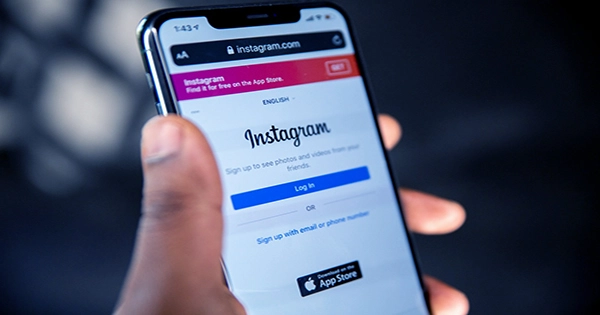The convergence of technology and healthcare is nothing less than transformational. From advanced medical imaging technologies to telemedicine systems, the convergence of these two fields has continuously resulted in breakthroughs that change and, in some cases, extend human life. Among the many progeny of this merger, wearable technology stands out for its quiet ascension in the area of preventative healthcare.
A Brief Historical Insight: Continuously monitoring one’s health indicators without being confined to a hospital bed was science fiction decades ago. Today, we frequently take it for granted. The journey began with simple pedometers, which count steps and progressed to heart rate monitors used by athletes. Today, we have a plethora of gadgets tied to our wrists, embedded in our garments, or even attached as temporary tattoos, each serving a specific role in monitoring and preserving our health.

Monitoring Beyond the Surface: The true usefulness of wearable technology is hidden beneath the surface. It’s about gaining practical insights into one’s health, not just counting steps or tracking sleep. Today’s devices can detect abnormal heartbeats, forecast probable diabetic episodes, and even gauge stress via cortisol levels. This continuous flow of data enables timely responses, perhaps preventing major health emergencies.
Empowerment and Awareness in User Experience: Wearables’ allure extends beyond their technological prowess. Individuals who wear these devices gain a renewed sense of control over their health. The ability to visibly track one’s activity levels, heart rate, or sleep patterns, among other indicators, promotes increased awareness. As a result, preventive health decisions are encouraged, such as doing an extra lap around the park or visiting a doctor about an abnormal heartbeat.
Problems and Concerns: While the advantages are numerous, wearable technology is not without its drawbacks. Concerns about privacy loom large. If not properly protected, the resulting data can become a gold mine for malevolent entities, potentially leading to misuse. Furthermore, precision in data collecting is critical. Erroneous readings can not only generate unnecessary worry but can also lead to incorrect medical judgments.
The Way Forward: Wearable technology’s trend in preventative healthcare is clear: upward and ahead. We should expect more sophisticated gadgets capable of monitoring a broader range of health data as research advances. The combination of artificial intelligence and wearables may soon provide predictive health insights, alerting users to probable health risks even before symptoms appear.
Finally, the silent emergence of wearable technology in preventative healthcare is an example of human inventiveness. It represents our unwavering pursuit of greater health, not just through reactionary measures but also through proactive prevention. When we put on our smartwatches or fitness bands in the morning, we are ushering in a new era of healthcare, one in which prevention genuinely comes before cure.
















